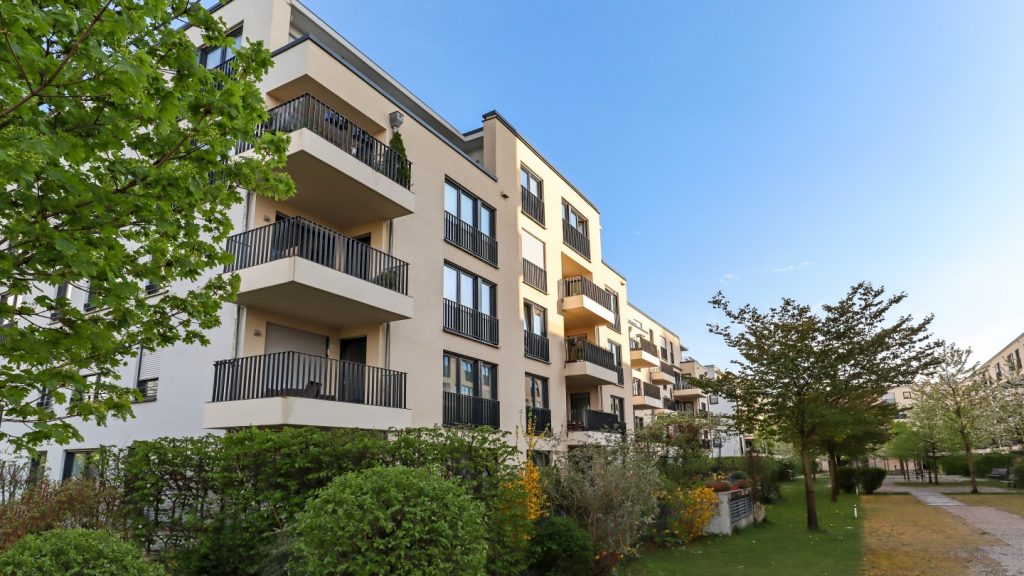The Earls Court Development Company (ECDC) has unveiled details for the initial buildings of its 40-acre master plan in London, England, UK.
The master plan's first phase is set to begin in 2026.
It will feature 1,000 homes, a cultural venue, workspace, and 20 acres of public realm.
The project is designed to foster a multigenerational community, offering a mix of residential, cultural, leisure, and community spaces.
It will introduce an east-west route in the city and the Exhibition Gardens, including the expansive 4.5-acre Table Park.
A set of design principles has been developed to steer the master plan's evolution, prioritising design excellence and sustainability.
These principles have been shaped through collaborative engagement with stakeholders and the local community.
Specifically, feedback from the public launch in February 2023 has been incorporated into the detailed designs by the ECDC's architecture team.
This team includes Maccreanor Lavington, Sheppard Robson, Serie, DRMM, ACME, and Haworth Tompkins, with Hawkins Brown and Studio Egret West as master planners and SLA as a landscape architect.
The first buildings, designed by Serie, Sheppard Robson, DRMM, and Maccreanor Lavington, will feature a 42-storey tower, envisioned as a wayfinder and a new addition to London's skyline.
Sheppard Robson partner Alan Shingler said: “Sheppard Robson’s design for the tallest building within the master plan has a significant role to play in setting the context for a new part of London located on the former Exhibition Centre site.
“The distinctive building form is derived from a petal plan that provides a new blueprint for high-rise living. Generous, stepped terraces create a memorable silhouette on the London skyline, with this sustainable beacon celebrating the legacy of Earls Court as a showground for world-class ingenuity.”
Further detailed applications will be submitted to ensure the phase's full delivery from 2026.
The first phase will also introduce a segment of the project's zero-carbon, low-cost energy heat network, which will use excess heat from nearby infrastructure to power the entire site.
This network is said to become one of the UK's most extensive urban heat networks, designed for resilience and adaptability to future technologies.









